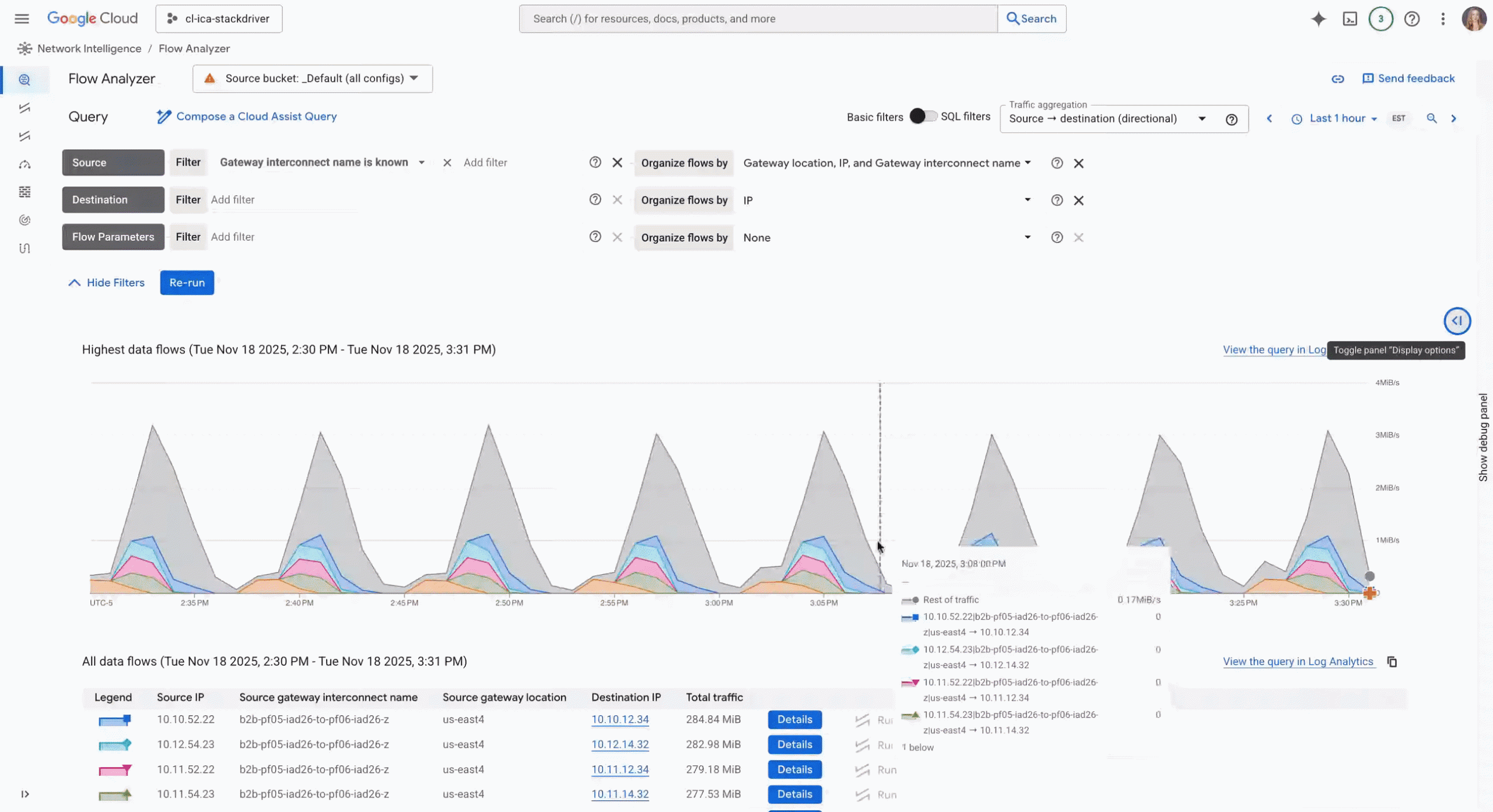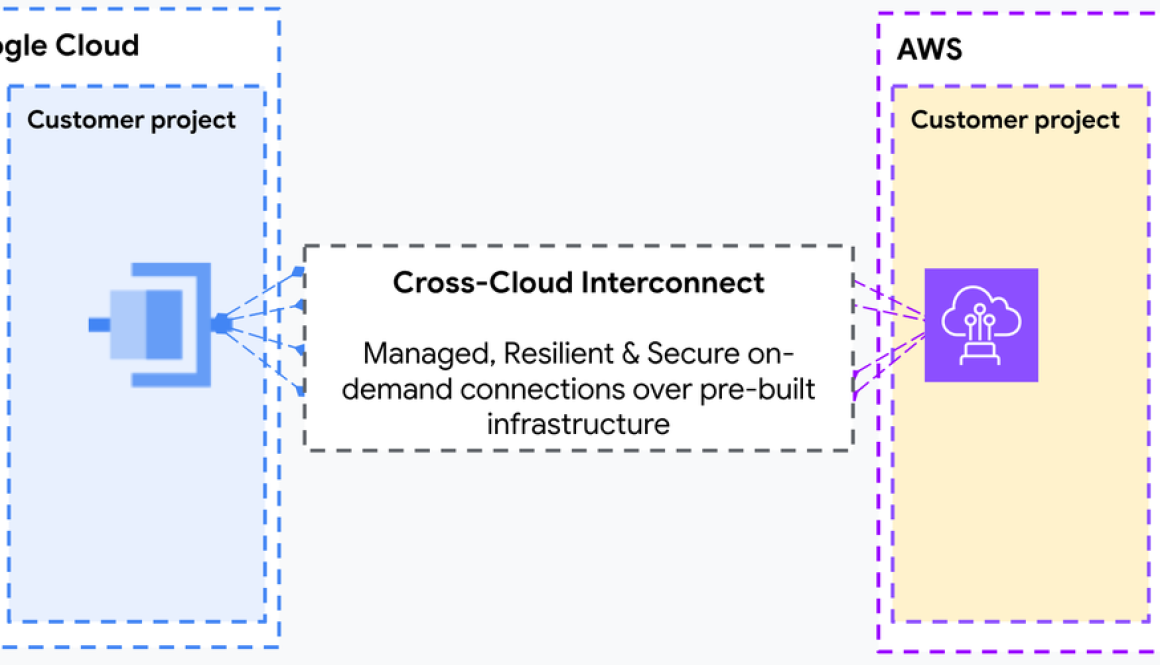AWS – AWS Security Hub is now generally available with near real-time risk analytics
Amazon Web Services (AWS) announces the general availability of AWS Security Hub, a unified cloud security solution that prioritizes your critical security issues and helps you respond at scale, reduce security risks, and improve team productivity. With general availability, Security Hub now includes near real-time risk analytics, advanced trends, unified enablement and management, and streamlined pricing across multiple AWS security services. Security Hub detects critical risks by correlating and enriching security signals from Amazon GuardDuty, Amazon Inspector, and AWS Security Hub CSPM, enabling you to quickly surface and prioritize active risks in your cloud environment.
Security Hub now delivers near real-time risk analytics and advanced trends, transforming correlated security signals into actionable insights through enhanced visualizations and contextual enrichment. You can enable Security Hub for individual accounts or across your entire AWS Organization with centralized deployment and management. These new capabilities complement existing capabilities, including exposure findings, security-focused resource inventory, attack path visualization, and automated response workflows with ticketing system integration. This centralized management reduces the need for manual correlation across multiple consoles and enables streamlined remediation at scale while helping minimize potential operational disruptions, now with improved cost predictability through streamlined pricing that consolidates charges across multiple AWS security services. The service automatically visualizes potential attack paths by showing how adversaries could chain together threats, vulnerabilities, and misconfigurations to compromise critical resources, providing deeper risk context powered by more comprehensive analytics.
For more information about AWS commercial Regions where Security Hub is available, see the AWS Region table. The service integrates with existing AWS security services, providing more comprehensive security posture without additional operational overhead. To learn more about Security Hub and get started, visit the AWS Security Hub console or the AWS Security Hub product page.
Read More for the details.








